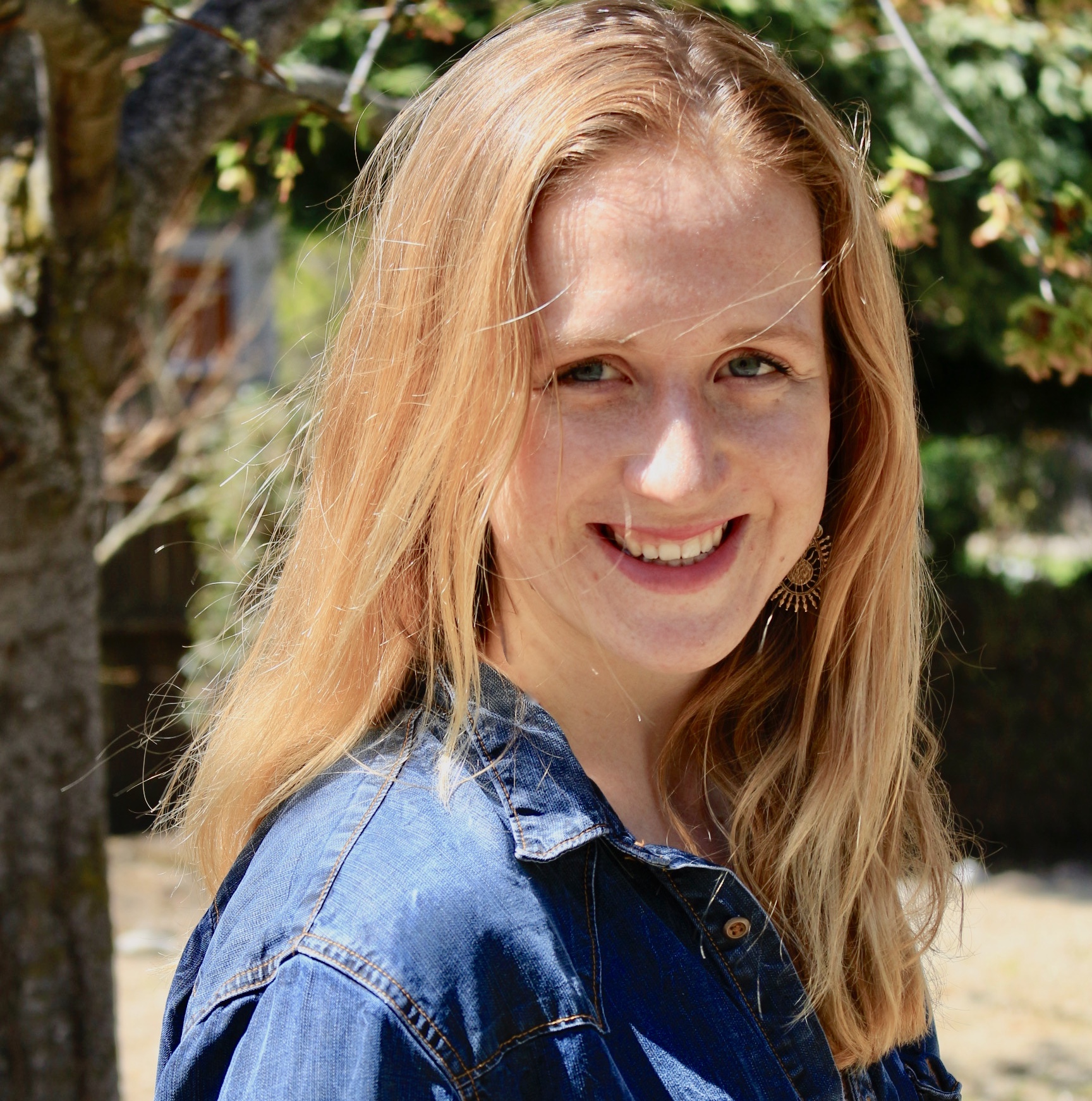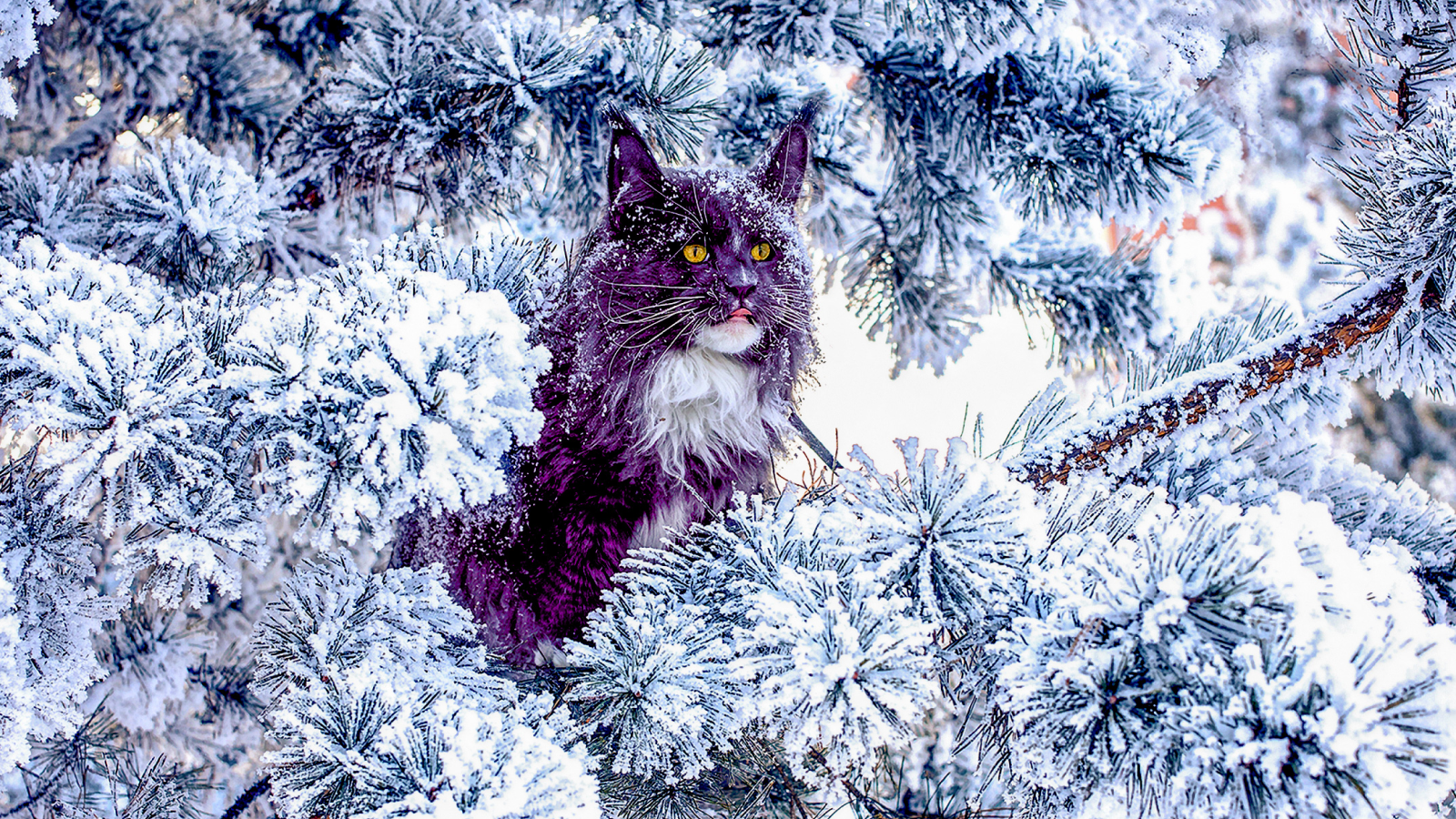NASA Wants to Let Space Tourists Onto the Space Station — for $59 Million

Attention, people with $59 million just lying around: NASA is opening the International Space Station (ISS) to adventurous tourists, and those interested don't need to hold their breath — space tourism could happen as soon as 2020.
The space tourists, who must be from the United States, will embark on a fleet of commercial vehicles owned by the U.S. government, Jeff DeWit, NASA's chief financial officer, said at a news briefing today (June 7). DeWit estimated that one seat on the space flight, operated by SpaceX and Boeing, will cost $58 million — but that’s not including the cost of actually staying at the space station. Tourists then have the option to stay up to 30 days on the ISS. But every one of those 30 nights costs upward of $35,000, DeWit said, and he joked that "it won't come with any Hilton or Marriott points." [10 Interesting Places in the Solar System We'd Like to Visit]
The ISS will be open to not only tourists, but also commercial ventures. That means that product testing, private research and even filming for outer-space movies could take place aboard the station. Yes, the next Apollo movie could actually be filmed in space.
NASA anticipates that opening up the station to private travel will lessen financial strain on the agency, which has faced recent cuts. The agency also hope the move will free up funding for new ventures, like landing the "first woman ... on the moon by 2024," DeWit said.
However, NASA has limited space tourism to two private trips per year and plans to allocate no more than 5% of the space station’s resources to commercial use.
The U.S. won't be the first country to bring tourists to the station. Between 2001 and 2009, private Russian company Space Adventures facilitated seven space tourists' trips to the ISS.
Originally published on Live Science.
Get the world’s most fascinating discoveries delivered straight to your inbox.

Isobel Whitcomb is a contributing writer for Live Science who covers the environment, animals and health. Her work has appeared in the New York Times, Fatherly, Atlas Obscura, Hakai Magazine and Scholastic's Science World Magazine. Isobel's roots are in science. She studied biology at Scripps College in Claremont, California, while working in two different labs and completing a fellowship at Crater Lake National Park. She completed her master's degree in journalism at NYU's Science, Health, and Environmental Reporting Program. She currently lives in Portland, Oregon.


